Fragmentary leaf from Chromatius of Aquileia, parts of sermons XIX–XX, probably from a Homiliary, in Latin, on vellum [Germany, 10th century]
£6,000.00
240 × 190 mm, preserving prickings at the fore-edge, ruled in drypoint for a single column of 25 lines, and written in a Carolingian minuscule with somewhat square aspect, using ‘et’ and ‘oe’ ligatures (the former distinct from the ampersand) within words, a standard ‘st’ ligature but a strangely wide ‘ct’ ligature, the descender of ‘p’ ends with a flick to the left, that of ‘q’ curls to the right or left, recovered from use as a book cover, with consequent creases. stains, etc., but still an easily legible sample of an idiosyncratic script.
Chromatius served as the bishop of Aquileia from 388-407, but until the mid-20th century was known to us only through second-hand reports of his better-known students (including Rufinus and Jerome) and correspondents (Ambrose, John Chrysostom and Pope Innocent I). His sermons and tracts were then rediscovered by two French priests, Raymond Étaix and Joseph Lemarié, often fragments only and attributed to other authors. These authors then edited the corpus for the Corpus Christianorum series in 1974 (Chromatii Aquileiensis Opera, Series Latina IX A, where the text here can be compared to no. xix:5-7, ending “… suscepit sed vitam donavit”, with the remaining 3 lines from no. xx).
Chromatius lived at a crucial moment for Christian history, during which the first Christian emperor died and the newly christianised empire teetered on the brink of a return to paganism. Pagan temples remained in the landscape and pagan gods were fresh in the memory, and the young Church had to press ahead without an official remit and push back against Germanic heresies and other religious groups. It was through preaching and contact with ordinary Christians through texts such as those here that the early Church survived and thrived. See R. McEachnie, ‘A History of Heresy Past: The Sermons of Chromatius of Aquileia, 388-407’, Church History, 83 (2014), pp. 273–96, for a recent study.
Be the first to review “Fragmentary leaf from Chromatius of Aquileia, parts of sermons XIX–XX, probably from a Homiliary, in Latin, on vellum [Germany, 10th century]” Cancel reply
Product Enquiry
Related products
C14th -C16th manuscripts
Illuminated inital 1500 huge leaf on vellum, from Siena or Florence.
C12th - C13th manuscripts
C12th - C13th manuscripts
C14th -C16th manuscripts
[Pope Boniface] Leaf from Sextus Liber Decretalium – early C14th

![Fragmentary leaf from Chromatius of Aquileia, parts of sermons XIX–XX, probably from a Homiliary, in Latin, on vellum [Germany, 10th century] Fragmentary leaf from Chromatius of Aquileia, parts of sermons XIX–XX, probably from a Homiliary, in Latin, on vellum [Germany, 10th century]](https://butlerrarebooks.co.uk/wp-content/uploads/2024/09/IMG_1178.jpg)
![Fragmentary leaf from Chromatius of Aquileia, parts of sermons XIX–XX, probably from a Homiliary, in Latin, on vellum [Germany, 10th century] Fragmentary leaf from Chromatius of Aquileia, parts of sermons XIX–XX, probably from a Homiliary, in Latin, on vellum [Germany, 10th century]](https://butlerrarebooks.co.uk/wp-content/uploads/2024/09/IMG_1177.jpg)
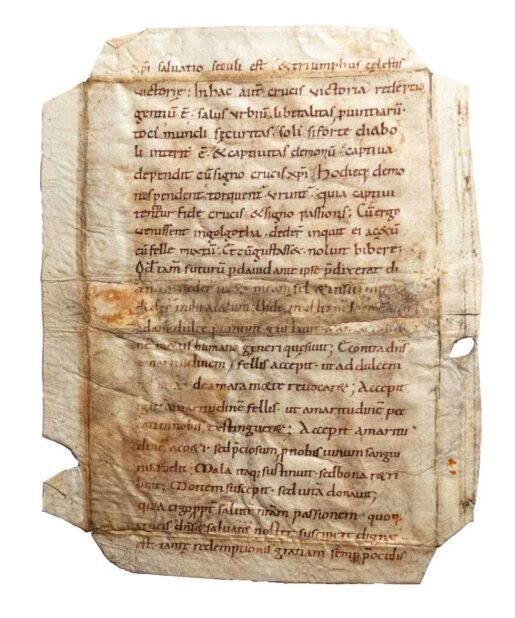
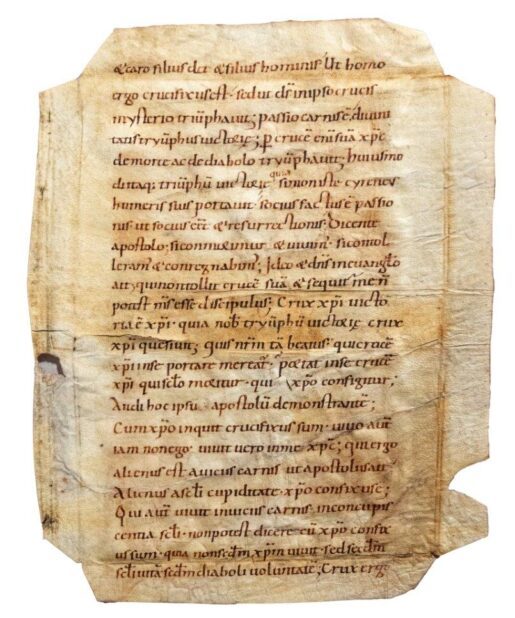
![Fragmentary leaf from Chromatius of Aquileia, parts of sermons XIX–XX, probably from a Homiliary, in Latin, on vellum [Germany, 10th century] Fragmentary leaf from Chromatius of Aquileia, parts of sermons XIX–XX, probably from a Homiliary, in Latin, on vellum [Germany, 10th century]](https://butlerrarebooks.co.uk/wp-content/uploads/2024/09/Amalarius-1-1-100x100.jpg)
![Fragmentary leaf from Chromatius of Aquileia, parts of sermons XIX–XX, probably from a Homiliary, in Latin, on vellum [Germany, 10th century] Fragmentary leaf from Chromatius of Aquileia, parts of sermons XIX–XX, probably from a Homiliary, in Latin, on vellum [Germany, 10th century]](https://butlerrarebooks.co.uk/wp-content/uploads/2024/09/IMG_0275-100x100.jpg)
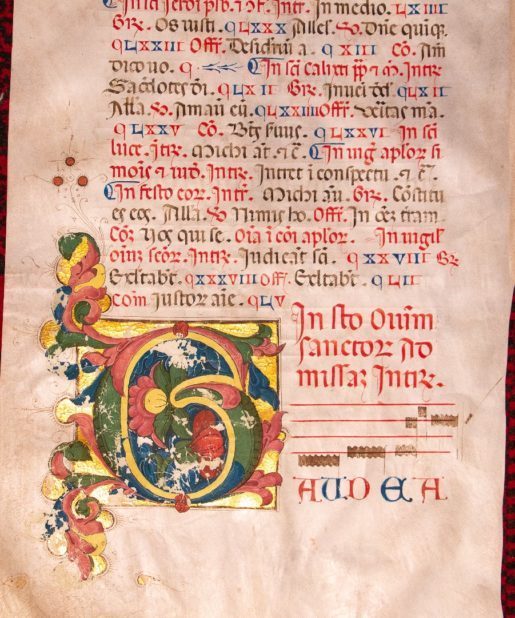
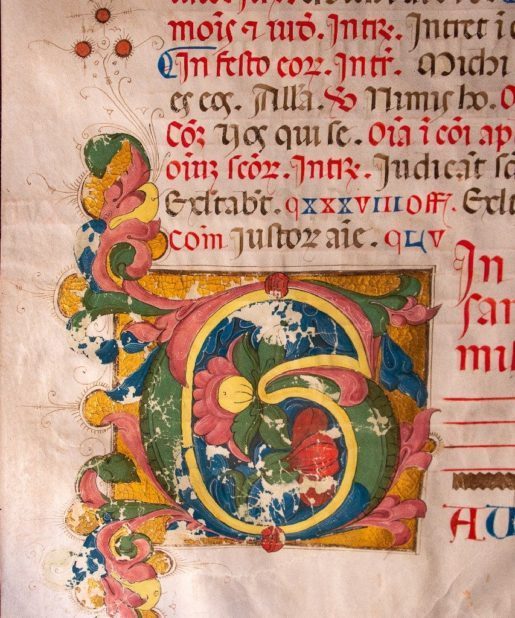
![St Paul, in an initial on a leaf from a vast Gradual, in Latin [Northern Italy (Lombardy, perhaps Milan), late 15th century (c.1480–90)] St Paul, in an initial on a leaf from a vast Gradual, in Latin [Northern Italy (Lombardy, perhaps Milan), late 15th century (c.1480–90)]](https://butlerrarebooks.co.uk/wp-content/uploads/2022/07/IMG_2119-scaled-515x618.jpg)
![St Paul, in an initial on a leaf from a vast Gradual, in Latin [Northern Italy (Lombardy, perhaps Milan), late 15th century (c.1480–90)] St Paul, in an initial on a leaf from a vast Gradual, in Latin [Northern Italy (Lombardy, perhaps Milan), late 15th century (c.1480–90)]](https://butlerrarebooks.co.uk/wp-content/uploads/2022/07/IMG_2118-scaled-515x618.jpg)
![Commentary on Aristotle, Categoriae, and the same authors translation of Perihermenias BOETHIUS [MS] C.13th Commentary on Aristotle, Categoriae, and the same authors translation of Perihermenias BOETHIUS [MS] C.13th](https://butlerrarebooks.co.uk/wp-content/uploads/2013/08/IMG_8383-515x618.jpg)
![Commentary on Aristotle, Categoriae, and the same authors translation of Perihermenias BOETHIUS [MS] C.13th Commentary on Aristotle, Categoriae, and the same authors translation of Perihermenias BOETHIUS [MS] C.13th](https://butlerrarebooks.co.uk/wp-content/uploads/2013/08/IMG_8379-515x618.jpg)
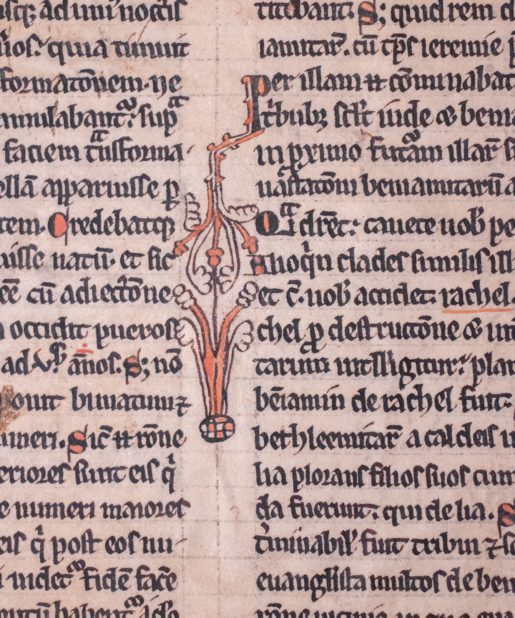
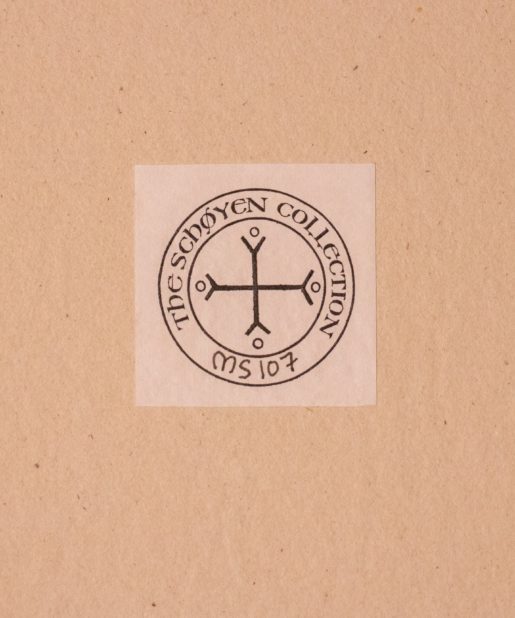
![Three fragments from Sulpicius Severus, Dialogi, in Latin, manuscript on vellum [France (Tours?), 9th century (1st half)] Three fragments from Sulpicius Severus, Dialogi, in Latin, manuscript on vellum [France (Tours?), 9th century (1st half)]](https://butlerrarebooks.co.uk/wp-content/uploads/2024/09/IMG_0275-515x618.jpg)
![[Pope Boniface] Leaf from Sextus Liber Decretalium – early C14th [Pope Boniface] Leaf from Sextus Liber Decretalium – early C14th](https://butlerrarebooks.co.uk/wp-content/uploads/2020/07/IMG_4329-515x618.jpg)
![[Pope Boniface] Leaf from Sextus Liber Decretalium – early C14th [Pope Boniface] Leaf from Sextus Liber Decretalium – early C14th](https://butlerrarebooks.co.uk/wp-content/uploads/2020/07/IMG_4328-515x618.jpg)
![The Model for 15th-Century Humanistic Script and Decoration – A large bifolium from a decorated Lectionary, in Latin [Italy, 12th century, first half] The Model for 15th-Century Humanistic Script and Decoration – A large bifolium from a decorated Lectionary, in Latin [Italy, 12th century, first half]](https://butlerrarebooks.co.uk/wp-content/uploads/2021/04/IMG_0688-515x618.jpg)
![The Model for 15th-Century Humanistic Script and Decoration – A large bifolium from a decorated Lectionary, in Latin [Italy, 12th century, first half] The Model for 15th-Century Humanistic Script and Decoration – A large bifolium from a decorated Lectionary, in Latin [Italy, 12th century, first half]](https://butlerrarebooks.co.uk/wp-content/uploads/2021/04/IMG_0686-515x618.jpg)
![A leaf from a Psalter, in Latin, manuscript on vellum [Germany, 11th century] A leaf from a Psalter, in Latin, manuscript on vellum [Germany, 11th century]](https://butlerrarebooks.co.uk/wp-content/uploads/2024/09/IMG_1171-515x618.jpg)
![A leaf from a Psalter, in Latin, manuscript on vellum [Germany, 11th century] A leaf from a Psalter, in Latin, manuscript on vellum [Germany, 11th century]](https://butlerrarebooks.co.uk/wp-content/uploads/2024/09/IMG_1170-515x618.jpg)
Reviews
There are no reviews yet.